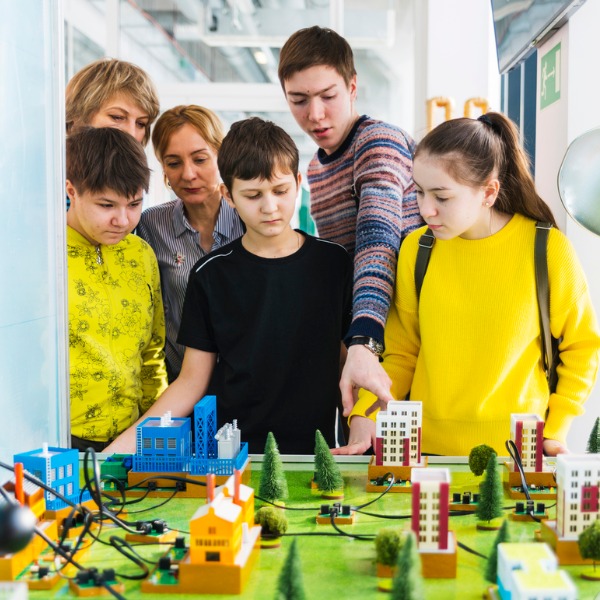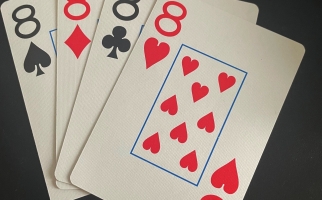Problem Identification

Students identifying a problem (Alex Potemkin, iStockphoto)

Students identifying a problem (Alex Potemkin, iStockphoto)
How does this align with my curriculum?
The first step in the Design & Build process is the identification of the key problem to be solved or need to be addressed.
Definition
The first step in the Design & Build process is the identification of the key problem to be solved or need to be addressed. The problems/needs that students identify may arise from provocations such as their everyday experiences as well as stories they have read. Students are encouraged to ask questions and share prior knowledge as they work collaboratively to clarify and refine the problem to be solved and identify the criteria for the solution. Subsequent steps in the Design & Build process can lead to the identification of additional problems/needs.
Problem identification is important because it…
- is the critical first step in the design process
- helps students to clarify and refine problems so that they can be effectively solved
- can help students to understand that all problems have defined criteria (e.g., your marble maze must have at least two cross-over points) and constraints (e.g., you may only use the materials provided)
Teaching and Learning Problem Identification
Students |
Educators |
|---|---|
|
Understand that problems can come from people’s needs and wants (e.g., family or school situations) |
Notice and name when students are identifying problems in everyday contexts (e.g., “I see that you have noticed that the lunch waste in our garbage smells bad. That sounds like a problem. I wonder how we could solve that problem?” “The dramatic play area is so messy. That seems to be a problem.” “We need somewhere store the dishes and the cutlery. How could we solve this problem?”). |
|
Understand that the solution to a problem can be a product or a system |
Provide opportunities for students to consider whether their problem requires them to construct something (e.g., a raft to carry the characters from a story) or to find a better way of doing something (e.g., where and how we put away our outside clothes, a fair way to share a limited number of new tablets). |
|
Recognize that an initial problem may need to be refined so that it can be solved |
Work with students to refine and clarify the problem to be solved (e.g., “I understand that you would like to build a tower for your castle. How tall would you like it to be? What materials would you like to use to build the tower?” “How many scissors does our scissor container need to hold? How much space does each pair of scissors need?”). |
|
Students have a clear, common understanding of the goal/what it is they are trying to accomplish (criteria/requirements/constraints) and can identify what is important in devising a solution to the need/ problem.
|
Work with students to identify design criteria (characteristics of final solution/product) and constraints (what the solution does not involve) (e.g., “The boat needs to hold six objects and float without assistance on water for 10 minutes. You can only use the materials provided.” “The bridge will need to be at least 30 cm long to reach the other side of the pond.” “Our idea has to be fair to everyone who wants a chance to use the tablets and easy for everyone to use.” “I think it is important that all the children can easily see where the scissors go so they don’t try to put them in the spot for the pencils.”). Discuss and model ways in which students can use the criteria as a self-monitoring/assessment tool throughout the Design & Build process (e.g., “Did you measure the bridge to see how long it was? How many objects do you have in your boat?). |
Related Skills


